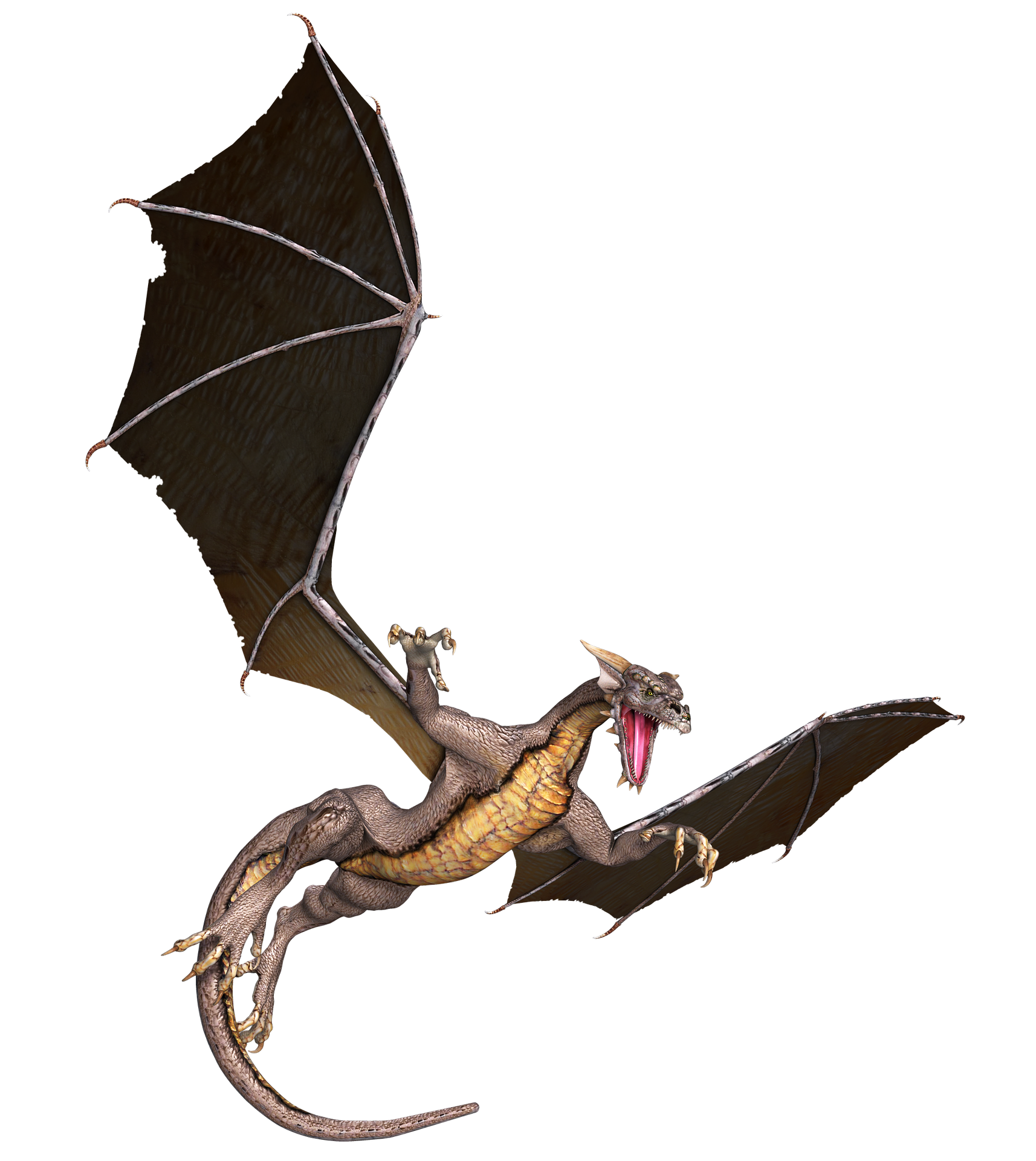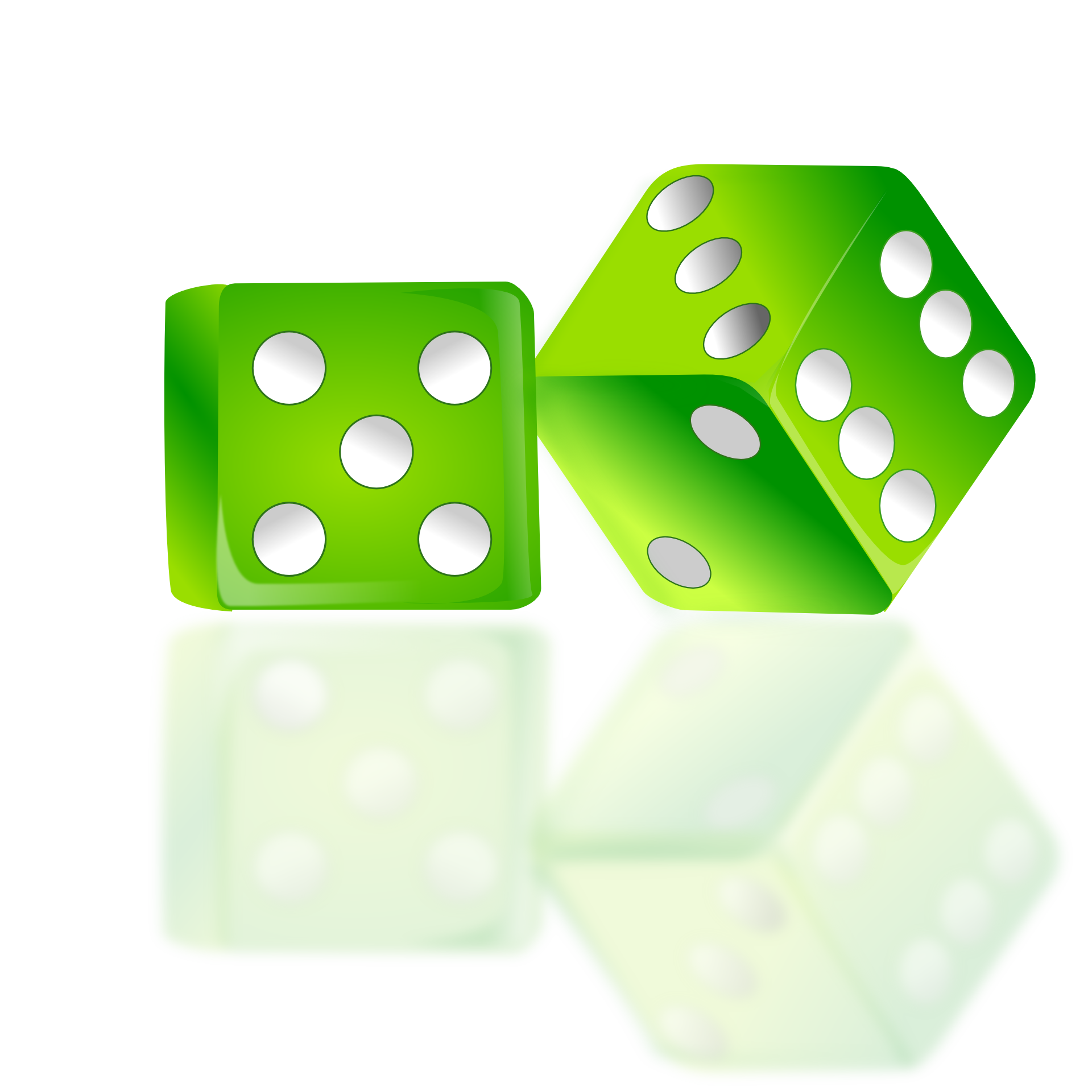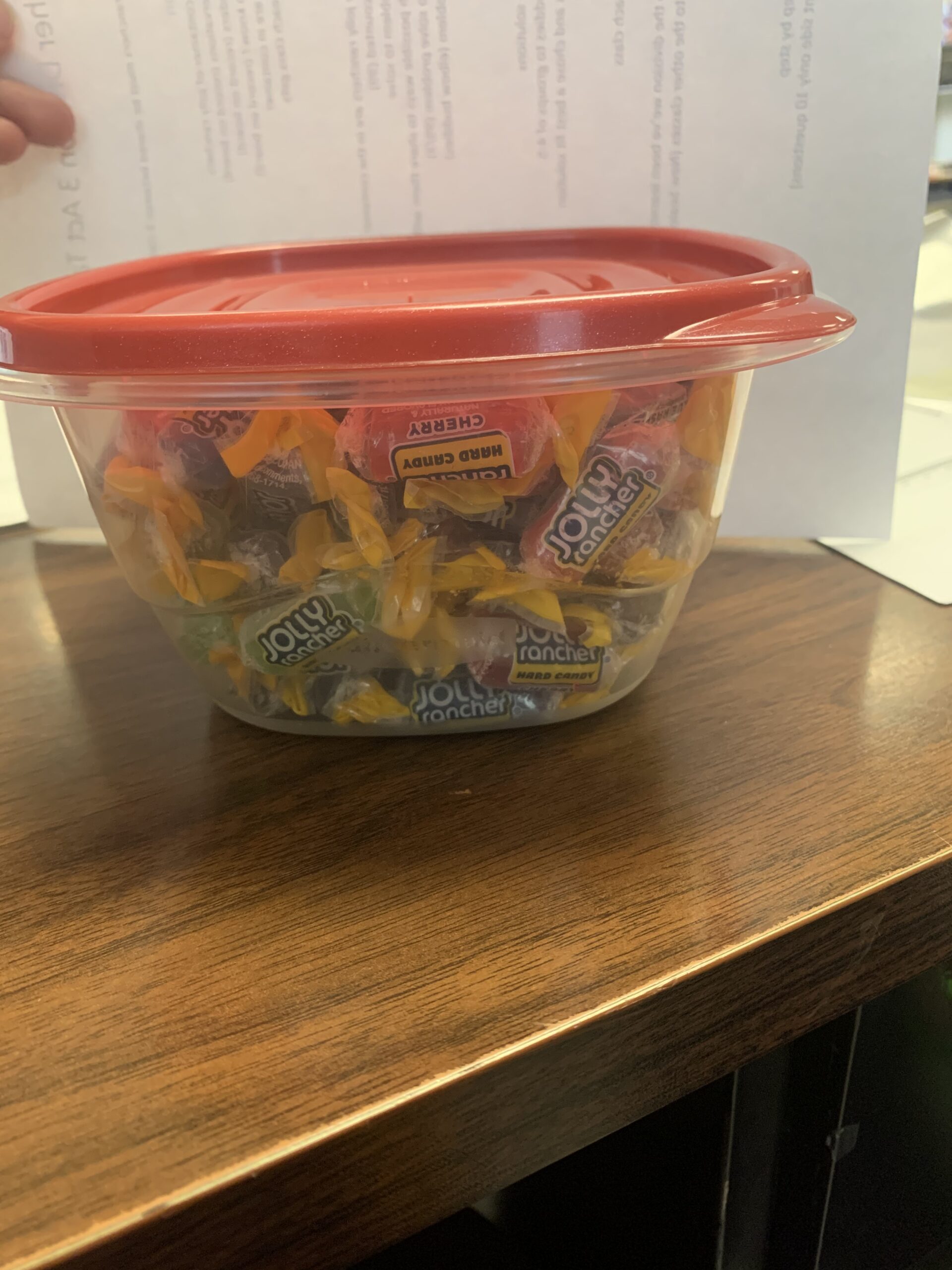I love the idea of Low Threshold High Ceiling (LTHC) tasks, something that all our students can begin and be successful at but allow students to go as far as they want with their understanding. I’ve noticed that many rich tasks fit this description, students can all find an entry point to the activity and it can be extended in multiple ways. Using LTHC tasks works well with the Building Thinking Classrooms approach championed and written about by Peter Liljedahl and the 5 elements of great math lessons from Dan Finkle from previous posts. I am really beginning to enjoy the resources from NRICH. The question stems in the Using Questions to Stimulate Mathematical thinking article were clearly laid out and easy to follow. The questions are also ones that could be used as “keep thinking” questions and that will lead students to having some “struggle time” with new ideas and information.
I admit to not knowing much about Jump, it’s strongly discouraged in my district to the point that when brought up in a staff meeting for discussion my principal went as far as to say, “absolutely not”. However, every time I look at their resources or read the author’s work, I am underwhelmed, the work is a series of repeated problems with little context and their examples for bonus questions did the same. The more I am learning about teaching math the more I realize that context and connection to the world beyond the classroom are essential. Adding more digits to a problem does not extend thinking, while it may take a student more time it does not build their thinking skills to repeat an algorithm they already know. I also disagree with presenting word problems as the default for bonus questions. Rarely does life hand you equations already prepared.
Both approaches require students and teachers to have a growth mindset and be willing to attempt problems even if they are unsure. Presenting problems as a puzzle to be solved may help reduce student anxiety about the problem. I have noticed that using rich tasks many of which are LTHC tasks combined with Liiljedahl’s approach to build thinking skills math anxiety is decreasing, even my reluctant mathematicians and students who find math challenging are starting problem solving tasks.
Extension questions for equivalent fractions
- Draw and write three equivalent fractions for 3/6
- James ate 2/8 slices of pizza; Josh ate 4/16 slices did they eat the same amount of pizza how did you know?
- How many ways could you slice a cake so it can be split in thirds. Draw a diagram to show your thinking.
- Your principal wants half of the classes outside at a time, what ways could you divide your school for this to happen?
- Explain how you know if two fractions are equivalent using sentences and diagrams.
- Create a clip or short video explaining how you know two fractions are equivalent.








